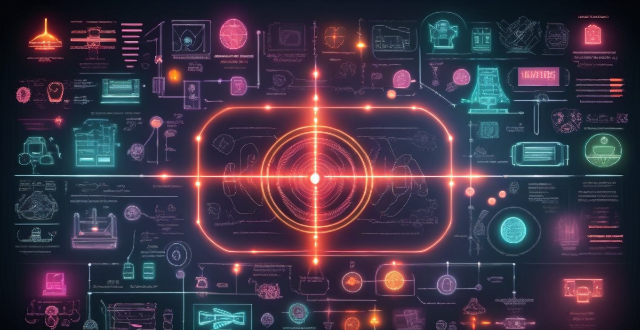Sports technology analysis is a crucial tool for athletes to enhance their performance by leveraging advanced technologies. It helps in data collection and analysis, video analysis, biomechanical analysis, virtual reality training, and recovery tracking. By collecting vast amounts of data through wearable devices, sensors, and cameras, athletes can track various metrics such as heart rate, speed, distance, and power output. Video analysis provides a visual representation of an athlete's performance, identifying technical errors or areas for improvement in their technique or strategy. Biomechanical analysis studies the mechanics of human movement to optimize athletic performance, using specialized equipment to analyze an athlete's movements. Virtual reality training simulates game scenarios and provides realistic training environments, allowing athletes to practice and refine their skills in a controlled setting. Recovery tracking monitors an athlete's physiological responses during recovery periods, ensuring that they are adequately rested and ready for competition or training sessions. Overall, sports technology analysis enables athletes to make data-driven decisions that lead to improved outcomes.

How Does Sports Technology Analysis Help Athletes Improve Their Performance?
Sports technology analysis is a crucial tool for athletes to enhance their performance. By leveraging advanced technologies, athletes can gain valuable insights into their physical and technical abilities, enabling them to make data-driven decisions that lead to improved outcomes. In this article, we will explore how sports technology analysis helps athletes improve their performance.
1. Data Collection and Analysis
One of the primary benefits of sports technology analysis is the ability to collect and analyze vast amounts of data. With wearable devices, sensors, and cameras, athletes can track various metrics such as heart rate, speed, distance, and power output. This data can then be analyzed to identify areas for improvement and develop targeted training programs.
Key Points:
* Wearable devices and sensors provide real-time feedback on an athlete's performance.
* Data analysis helps identify strengths and weaknesses in an athlete's technique or strategy.
* Targeted training programs can be developed based on the data collected.
2. Video Analysis
Video analysis is another essential tool in sports technology analysis. By reviewing video footage of their performances, athletes can identify technical errors or areas for improvement in their technique or strategy. Coaches can also use video analysis to provide feedback and guidance to their athletes.
Key Points:
* Video footage provides a visual representation of an athlete's performance.
* Athletes can identify technical errors or areas for improvement in their technique or strategy.
* Coaches can use video analysis to provide feedback and guidance to their athletes.
3. Biomechanical Analysis
Biomechanical analysis involves studying the mechanics of human movement to optimize athletic performance. By analyzing an athlete's movements using specialized equipment, coaches and trainers can identify inefficiencies in an athlete's form or technique that may be limiting their performance.
Key Points:
* Biomechanical analysis studies the mechanics of human movement to optimize athletic performance.
* Specialized equipment is used to analyze an athlete's movements.
* Inefficiencies in an athlete's form or technique can be identified and corrected.
4. Virtual Reality Training
Virtual reality (VR) training is becoming increasingly popular in sports technology analysis. By simulating game scenarios and providing realistic training environments, VR training allows athletes to practice and refine their skills in a controlled setting. This type of training can help athletes improve their decision-making abilities and reaction times.
Key Points:
* Virtual reality (VR) training simulates game scenarios and provides realistic training environments.
* Athletes can practice and refine their skills in a controlled setting.
* VR training helps improve decision-making abilities and reaction times.
5. Recovery Tracking
Sports technology analysis also plays a crucial role in recovery tracking. By monitoring an athlete's physiological responses during recovery periods, coaches and trainers can ensure that their athletes are adequately rested and ready for competition or training sessions. This information can help prevent overtraining and injuries, ultimately leading to better overall performance.
Key Points:
* Recovery tracking monitors an athlete's physiological responses during recovery periods.
* Coaches and trainers can ensure that their athletes are adequately rested and ready for competition or training sessions.
* Preventing overtraining and injuries leads to better overall performance.